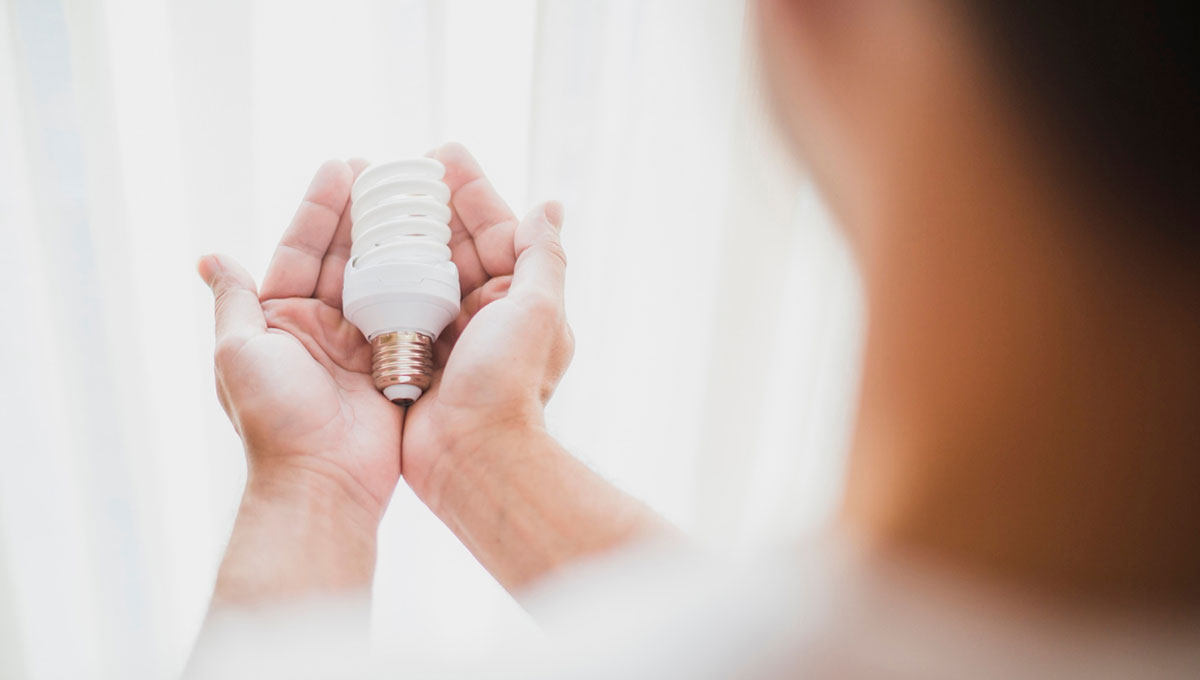what exactly would the future of LED lightings?
With constant advancements in lighting solutions over the years, the most important question that we can ask in today’s time is- what exactly would the future of LED lightings?
The environment is the main concern with which the advancements are being done in the lighting solutions and Eco-friendliness is the most important criteria that is being taken into consideration for technological advancements that are being undertaken.
Greener alternatives to all the existing products are being researched on and this poses a question to the future of LED lights as well.
To start with, let’s check out a few statistics that need to be taken into consideration to understand how the future of LED lightings would shape up. There has been an increased usage of electricity for residential and commercial purposes due to the advancement of the rural and semi urban areas and this has put a stress on the production of electricity as well.
The advancement definitely proves how developed the society has become but it has also highlighted the constant stress that is being put on the non renewable resources of electricity which is fast depleting at an alarming rate.
This is why major lighting solutions are coming up with advanced technologies in the lighting products that consume lesser power so that the pressure on the production of electricity can be dealt with in a sustainable manner.
The introduction of LED bulbs into the lighting industry has brought about a lot of changes and developments that are quite promising but the figures in the number of users are still not that impressive. This usage rate needs to be higher in the coming years to make the LED bulbs a successful option and a sustainable one as well for lighting purposes.
Constant awareness in the mass is required to make people understand the importance of using LED bulbs and switching to these from the other contemporary lighting products.
Listed below are some of the reasons that make LED bulbs a better option-
The longevity of LED bulbs are very high, close to over 30 years, which makes these a very convenient option for people who are looking for one-time purchasing products.
- These lights are energy and cost efficient and can reduce the consumption of electricity as well as reduce the bills by almost up to 80%.
- LED bulbs light instantly upon switching and distribute the light equally across the room and can be dimmed according to the user’s preference in no time which makes this a very convenient option, unlike their predecessors.
- The most important thing which makes LED lights a more popular option is the ecofriendly nature of these products, thus, very well explaining why these should be undoubtedly adopted in the future as well.
Now let us take a ride back to history- the invention of LED lights, to help you understand how it rose to popularity. Incandescent bulbs were the first ones that came up as the proper bulbs to utilise electricity to power themselves and these were quite popular during the 20th century.
These were invented in 1879 by Thomas Alva Edison and Joseph Wilson Swan. These were effective, durable and economically cheaper but with the passage of time and technological advancements, there came fluorescent bulbs and thereafter emerged LEDs bulbs.
With competitive products in the market, slowly the incandescent bulbs lost their popularity and people started switching to the better alternatives. Some countries have even banned the usage of incandescent bulbs due to the harm they pose on the environment but the third world countries and the developing ones are yet to take the leap regarding this matter.
Shuji Nakamura was the brain behind the initial forms of LED lightings that were available in 1995 and with passing time, this is becoming quite an effective technology for lighting for the present as well as the future globally.
As these last longer, the cost of replacement as well as maintenance is greatly reduced and therefore once you switch to these, they are going to stay in years to come. So, this clearly concludes that the future of lighting is undoubtedly with LED bulbs.


